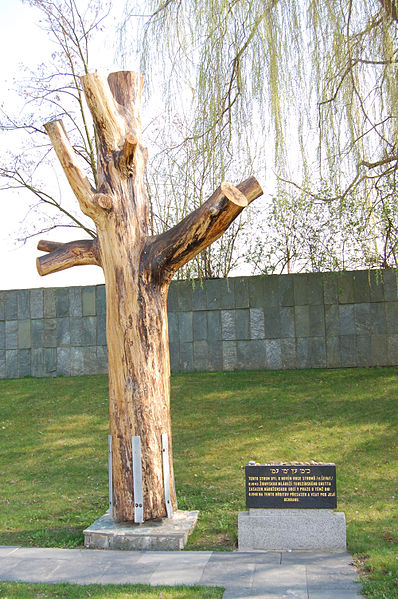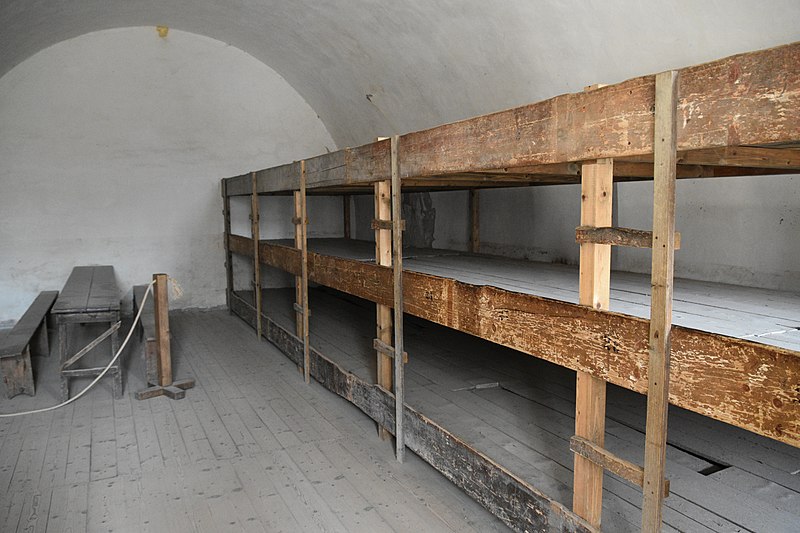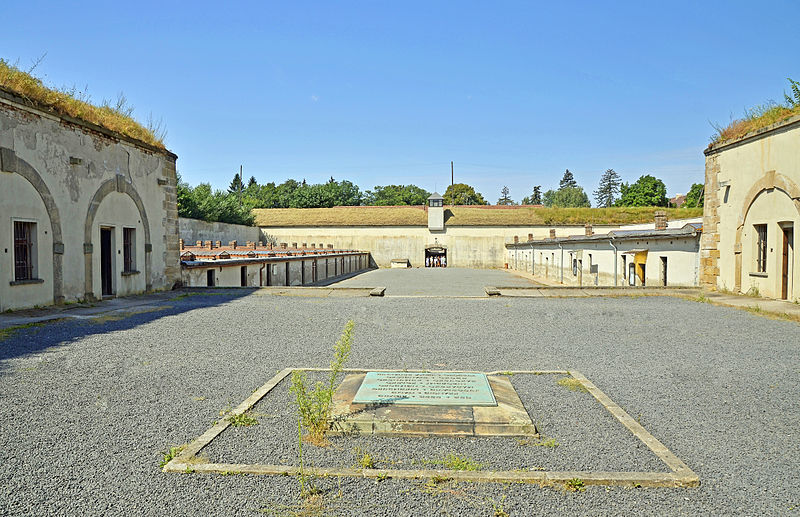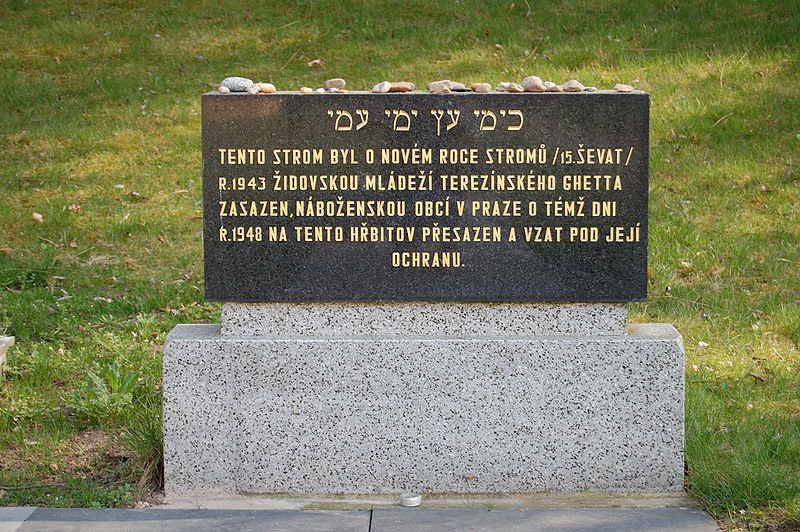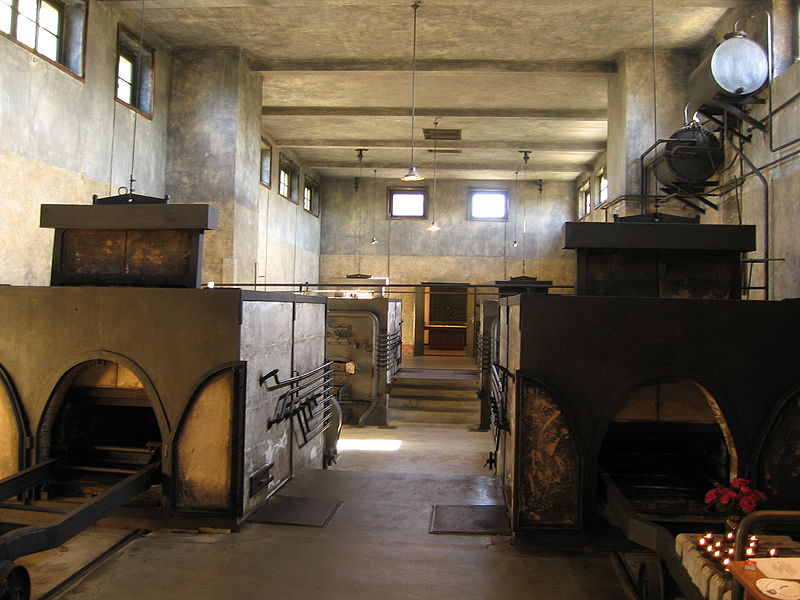Theresienstadt concentration camp, Terezín
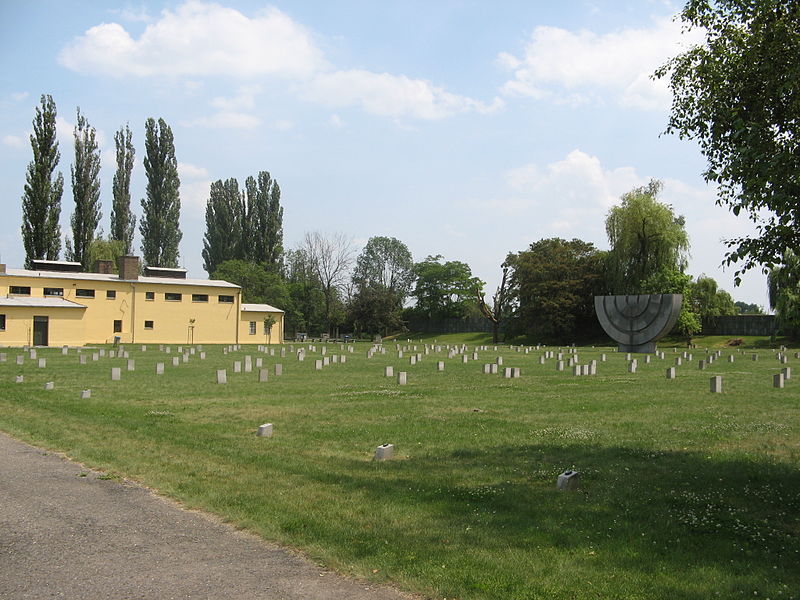
Facts and practical information
Theresienstadt concentration camp, located in the small fortress town of Terezín in the Czech Republic, stands as a somber reminder of the atrocities of World War II. Established by the SS during the German occupation of Czechoslovakia, Theresienstadt served both as a ghetto and a transit camp for Jews en route to extermination camps in Eastern Europe.
Unlike many other concentration camps, Theresienstadt was cynically presented by the Nazis as a "model Jewish settlement" for propaganda purposes, to deceive the international community and Red Cross about the true nature of the Holocaust. The camp was overcrowded, with inmates suffering from starvation, disease, and the constant threat of deportation to death camps.
The fortress town's history dates back to the 18th century when it was constructed as a military stronghold. However, its darkest period was undoubtedly during the Holocaust, when over 150,000 Jews were held in the camp, including thousands of children. Despite the harsh conditions, a rich cultural life emerged clandestinely among the prisoners, including secret education classes, art, and music, with notable inmates such as the composer Viktor Ullmann and the artist Bedřich Fritta.
Today, Theresienstadt serves as a museum and a memorial to the victims of the Holocaust. Visitors can explore the former barracks, crematorium, and the poignant artwork created by the inmates. The site also includes the Ghetto Museum, which provides historical context and personal stories of the prisoners. Commemorative events and educational programs are held to ensure that the lessons of Theresienstadt are not forgotten.
Theresienstadt concentration camp – popular in the area (distance from the attraction)
Nearby attractions include: St. Stephen's Cathedral, Radobýl, National cemetery, Divadlo K. H. Máchy.


